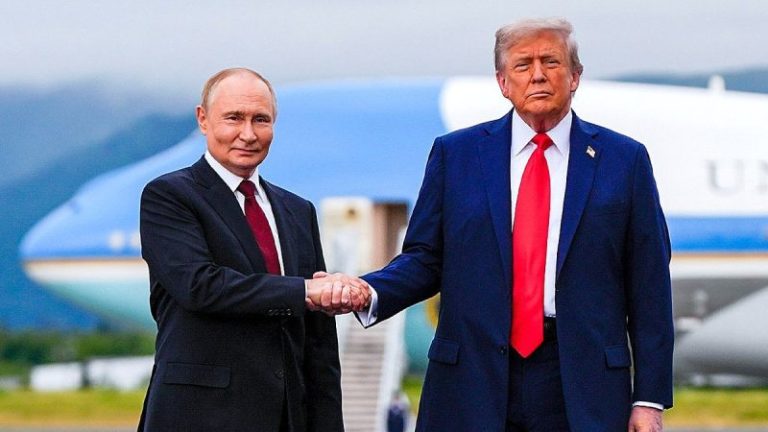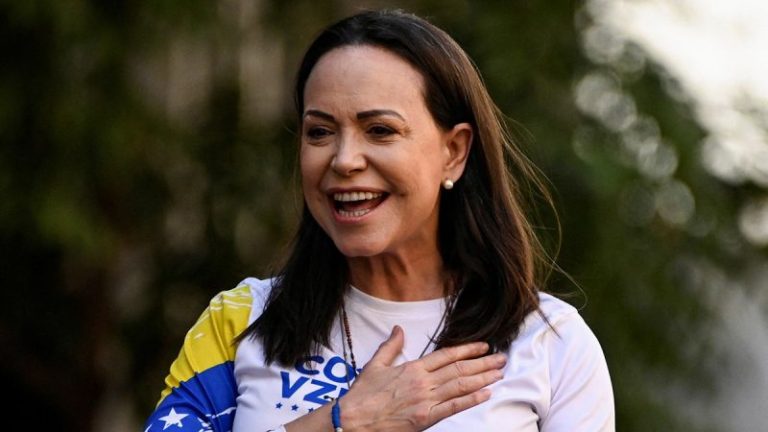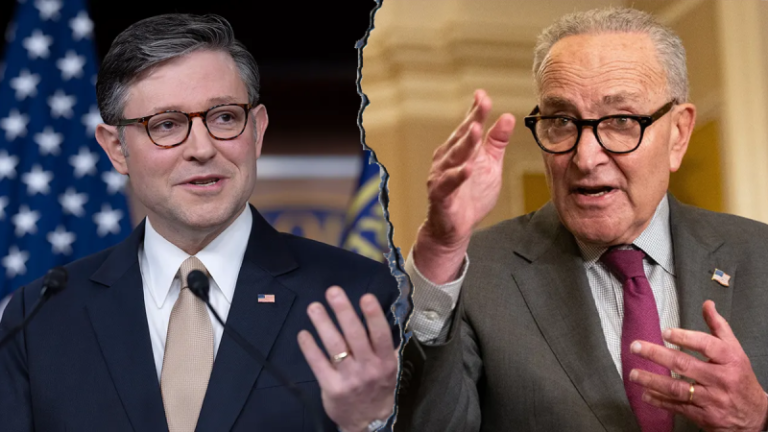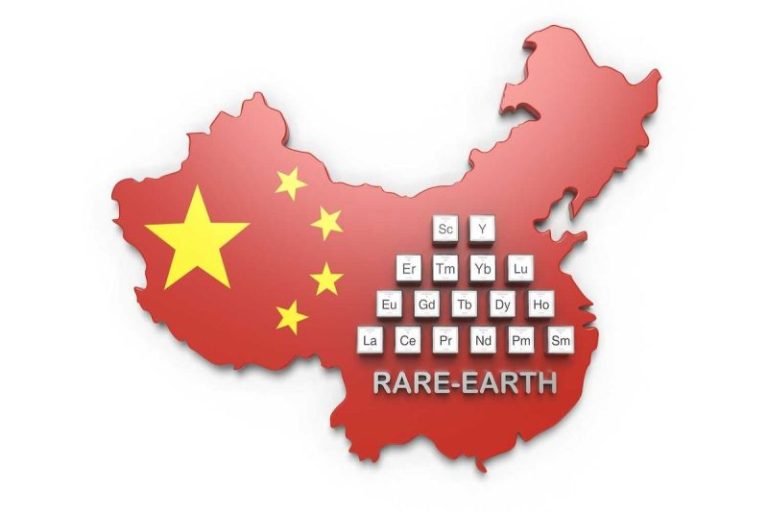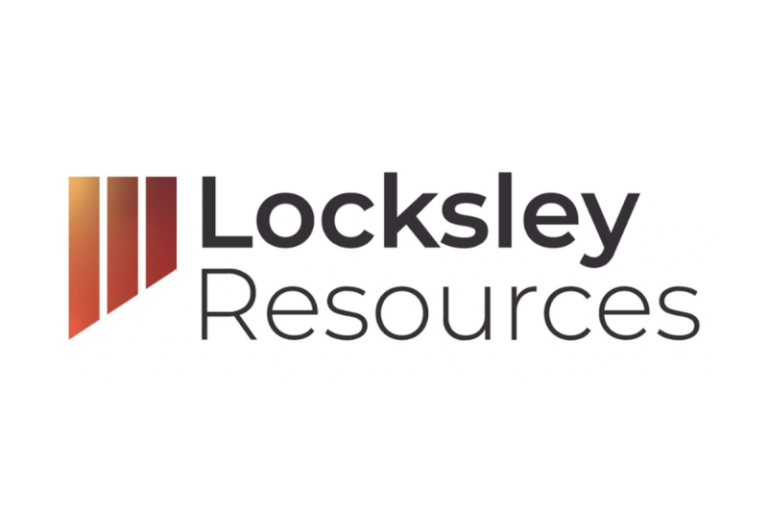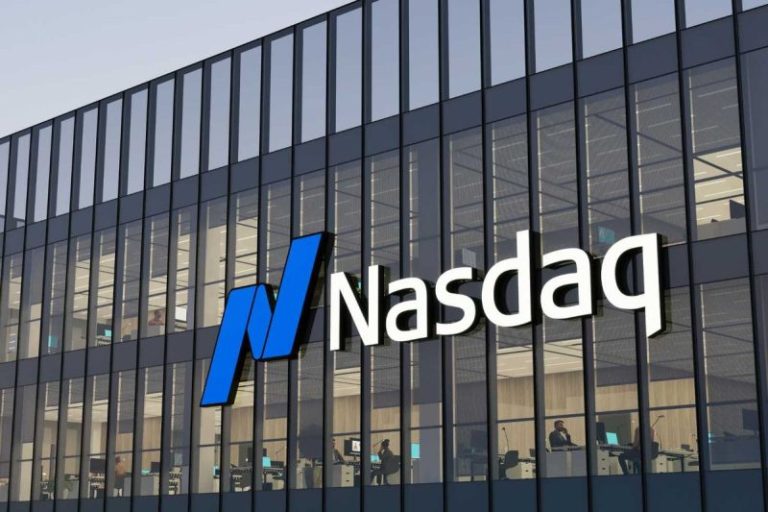This week, the technology sector remained the dominant force shaping overall market trends in the US, despite the ongoing complexity of macroeconomic and geopolitical conditions.
The partial US government shutdown continued to delay key economic reports, creating a data vacuum that heightened reliance on soft data like consumer sentiment surveys. Notably, the University of Michigan’s Consumer Sentiment Index held steady at a subdued 55, reflecting persistent concerns about high prices and a challenging labor market.
Meanwhile, Canada reported a surprising gain of 60,400 jobs in September, with employment increases concentrated in full-time positions and manufacturing. The unemployment rate held steady at 7.1 percent, defying expectations and signaling a cautious stabilization after recent job losses.
Investor appetite for AI and related innovation remained high, pushing the Nasdaq Composite (INDEXNASDAQ:.IXIC) and S&P 500 (INDEXSP:.INX) to record or near-record levels midweek. However, ongoing trade frictions between the US and China continue posing risks to semiconductor supply chains and international tech trade flows.
On Friday (October 10), China introduced additional export restrictions on rare earth metals and related refining technologies, expanding controls to five more elements critical for electronics, defense and high-tech industries. US President Donald Trump responded by threatening to escalate tariffs on Chinese imports and warned of the potential cancellation of his upcoming meeting with President Xi Jinping at APEC in South Korea.
The news sent major stock indexes lower, with the S&P 500 seeing its largest decline since tariffs were first announced in April and the Nasdaq Composite losing 3.56 percent. The Philadelphia SE Semiconductor Index led losses, pulling back 6.32 percent.
After a nearly three-year rally fueled by enthusiasm for AI, concerns among analysts and investors about elevated valuations and concentrated exposure in AI-related companies continue to emerge.
The Bank of England’s Financial Policy Committee warned of an increased risk of market correction, particularly in AI-focused tech firms, due to stretched valuations. They noted high market concentration in the S&P 500’s top five companies, many being AI-centric. Disappointing AI adoption or increased competition could trigger a downturn by reassessing high earnings expectations. Bottlenecks in AI advancements also pose valuation risks.
Similarly, IMF Managing Director Kristalina Georgieva warned that AI-fueled global stock prices are overvalued and vulnerable to a sudden correction. She cited weakening job creation and US tariffs as “troubling signs” that could lead to instability and dampen global growth.
Analysts from JPMorgan Chase & Co. (NYSE:JPM) also wrote in a Monday (October 6) note that AI-related debt has reached US$1.2 trillion, making it the largest segment in the investment-grade market. AI companies now represent 14 percent of the high-grade market, exceeding US banks. However, this debt is primarily in investment-grade bonds from companies with strong balance sheets,
This complex interplay of cautious optimism underscores the evolving narratives dominating the tech market.
Three tech stocks that moved markets this week
1. Advanced Micro Devices (NASDAQ:AMD)
AMD’s stock opened over 31 percent higher on Monday after announcing a multi-year deal to supply up to 6 gigawatts of AI chips to OpenAI, starting with its MI450 series in the second half of 2026.
The company extended its gains on Tuesday (October 7) after Jefferies upgraded the stock rating to “buy” as other brokerages hiked their price targets. The news helped temper losses seen throughout the tech sector as trade tensions escalated on Friday.
The partnership grants OpenAI warrants to acquire up to 160 million shares of AMD, representing around 10 percent ownership upon achieving deployment milestones. This deal positions AMD as a major AI hardware supplier and represents a challenge to Nvidia’s dominance in the sector.
2. Intel (NASDAQ:INTC)
Intel shares jumped as much as 3.05 percent on Friday after the company unveiled its Panther Lake architecture, the first PC processor built on its advanced 18A semiconductor manufacturing process, with high-volume production beginning later this year at its Fab 52 facility in Arizona.
Panther Lake is set to significantly enhance power efficiency and performance, delivering an anticipated 50 percent increase in CPU and GPU capabilities compared to earlier generations. This chip is designed for premium laptops and is central to Intel’s plan to re-establish its leadership in semiconductor manufacturing within the US.
Intel also previewed its first 18A-based server processor, Clearwater Forest, slated for release in the first half of 2026. Panther Lake is scheduled for commercial availability in early 2026, coinciding with major consumer electronics shows.
3. Tesla (NASDAQ:TSLA)
Tesla released the long-awaited lower-priced versions of the Model Y and Model 3 on Tuesday, with the Model Y Standard starting at US$39,990.
After an initial rally on Monday following a weekend teaser of the announcement, shares fell by as much as 4.57 percent after an underwhelming reaction to modest price cuts and the vehicles’ lack of key features present in the pricier models.
The company also reportedly paused large-scale production of its humanoid robot Optimus due to technical difficulties and faced a new preliminary safety investigation by the NHTSA into its Full Self-Driving system, covering nearly 2.9 million vehicles amid reports of traffic law violations.
Company announcements helped Intel and AMD weather sector-wide losses on Friday
Chart courtesy of Google Finance
ETF performance
This week, the iShares Semiconductor ETF (NASDAQ:SOXX) only declined by about 6.27 percent, while the Invesco PHLX Semiconductor ETF (NASDAQ:SOXQ) pulled back by approximately 6.49 percent.
For its part, the VanEck Semiconductor ETF (NASDAQ:SMH) only lost 5.86 percent.
These losses occurred against a backdrop of heightening trade tensions between tech’s two largest markets.
Tech news to watch next week
Next week, investors will be closely monitoring a slate of important earnings reports from leading financial and technology companies, including JPMorgan Chase, Bank of America Corp (NYSE:BAC), Goldman Sachs (NYSE:GS), Morgan Stanley (NYSE:MS), IBM, Intel and Tesla.
Additionally, the US government’s shutdown resolution or extension will affect the release of vital economic data, influencing market sentiment and investment strategies.
On the policy front, investors should watch for Federal Reserve communications for clues on interest rate directions, as well as progress in US-China trade negotiations, which will undoubtedly define the near-term trajectory of the tech market.
Securities Disclosure: I, Meagen Seatter, hold no direct investment interest in any company mentioned in this article.
This post appeared first on investingnews.com

